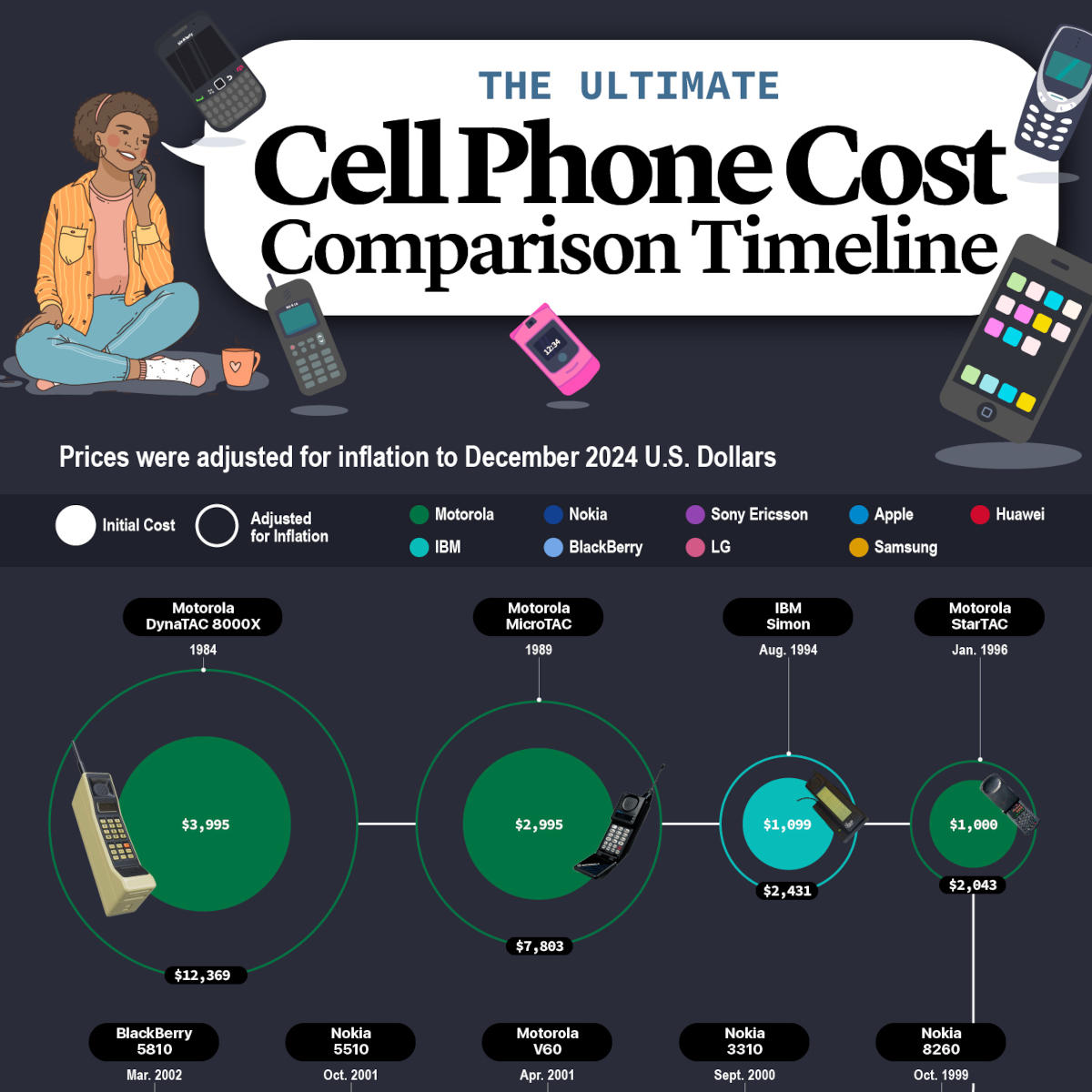Smart home technology is on the rise. In fact, the most recent data available shows that 2016 had a
64% sales increase in smart home devices. These Internet-enabled home devices are ever expanding in their scope, ranging from televisions to baby monitors to home security cameras.However, consumer adoption of smart home technology is not happening equally throughout the country. Let’s take a look at which cities in the U.S. have the most smart homes, and where we expect the industry to go in the coming years.

Paste this Image on Your Site!Simply copy and paste the code below and you can share this infographic on your site:
How Many Smart Home Devices Exist?
With each of these devices connecting to the Internet, we are currently in the midst of a rapid expansion of the “Internet of Things.” As purchases of individual smart-home devices grows, so too grows the number of households using the technology.In 2016, only 13% of U.S. homes had smart technology. As of 2018, it’s about 20%, and it’s
predicted that by 2021, 28% of U.S. households will have at least one smart home device.In fact, the growing number of smart homes seems inevitable as manufacturers are beginning to phase out the production of devices that don’t connect to the Internet. As of
2015, many major television manufacturers began limiting their middle-end to high-end TV models to solely Internet-enabled smart TVs.A subset of smart home technology covers home automation devices that allow the user to “set it and forget it.” Examples include motion sensor triggered cameras, and programmable thermostats. Younger homeowners are more likely to add these home automation devices to their households.For those under 35 years old,
40% are likely to do a renovation that involves home automation in the next three years. In comparison, when looking at all age groups, this drops down to 30%.
Which Smart Home Products are Popular, and Why?
While having an Internet-enabled lawnmower or BBQ grill may sound exciting, the more popular smart home products are ones that have been on the market for awhile. For example, smart televisions account for 41% of the smart home products in use today, and
Samsung’s first smart TV was released a decade ago in 2008.
Most Common Smart Home ProductsTVs: 41%Thermostats: 23%Home security: 17%Refrigerators: 16%Audio systems: 13%The reasons for smart home technology adoption vary as widely as the devices that are available. However, about one third of users purchasing smart-home devices are early adopters who seek to be on the cutting edge of technology.
Why Are People Interested in Smart Home Technology?30%: To be on the cutting edge of technology27%: To increase their family’s safety24%: To save money by using less energy14%: To be more eco-friendly5%: Received as gifts/Don’t want them or use themIntegrating smart-home technology into your house or apartment increases its value and makes it more marketable. Whether the implemented technology is used for convenience, home security, or to have a greener home,
a smart home is desired by two-thirds of consumers.
Smart Home Security Is Growing Rapidly
In particular, the smart home security sector is experiencing
rapid growth. In the next four years, the number of homes with smart security systems is predicted to nearly double. This means that there will be a massive change in how we all use technology to keep our homes safe and secure.In 2016, there were about 14.3 million smart homes in the United States. As of 2018, it’s grown to about 22.8 million, and by 2022, it’s predicted that 42.7 million homes will have smart home security.
Ooma Home Security has integrated its Internet-enabled security devices into its cloud communications system to provide a flexible and comprehensive home security system.Choose from door sensors, window sensors, motion sensors, water sensors, sirens, and VTech garage door sensors. Ooma also includes remote Remote 911 service that gives you remote access to your home’s local emergency dispatch. So if you do get a notification on your phone about activity happening at your house, you can use Ooma’s Remote 911 to contact your local authorities.Additionally, Ooma Home Security can automate the arming and disarming of your alarm system. Beyond just setting the system on a timer or arming it manually, Ooma’s digital fencing technology detects the GPS location of your family’s cellphones to automatically disarm the security system when the first person arrives home, and automatically rearm it when the last person leaves. Now that’s smart technology!
Cities With the Most Smart Homes
The citizens living in these cities will not be left behind with antiquated
rotary wall phones and flip cell phones. Instead, smart home technology is being adopted by many households and their neighbors.It’s easy to assume that these smart cities would be located in the tech center of Silicon Valley or in finance hubs like NYC, however you might be surprised by the cities with the highest number of smart homes per capita.
Top 10 Cities With the Highest Concentration of Smart HomesBaltimore, MDAustin, TXSan Jose, CAFresno, CAAlbuquerque, NMMemphis, TNHouston, TXOakland, CAOmaha, NEEl Paso, TX
Popular Smart Home Products in Each City
In each of these top 10 cities, smart home devices are being adopted at different rates. For example, Memphis and Houston (ranked #6 and #7 nationally) each list 54% of the population owning a smart TV, whereas in San Jose (ranked #3 nationally), only 26% of the population has a smart TV.In the category of
smart home security, we see 42% of San Jose residents using these smart home devices. In contrast, only 8% of residents in El Paso (ranked #10 nationally) have smart home security systems.Notably, the variable implementation of smart home security devices is not connected to crime rates in this case. Although San Jose has a much higher rate of using smart home security than El Paso, San Jose has a slightly lower crime rate according to U.S. News and World report. (El Paso crime ranks 7.9/10 and San Jose crime ranks 7.4/10.For the full data on the most popular smart home gadgets in the top 10 cities, visit
Angi.
Want to Make Your Home a “Smart Home”?
Start by learning about Ooma Home Security. It gives you remote access to your home so that you’ll always know what’s going on. It’s wireless, so you won’t have to run any cables. It’s portable, so it’s easy to adjust the system or relocate it if you move. It’s a flexible smart home security solution with no service contracts.The
Ooma Home Security Starter Pack is an easy way to begin. The retail price is $149.98, and includes the Telo hub, a motion sensor, and two door/window sensors. In addition to the starter pack, you can customize your security with a variety of other sensors for your home.Ooma Home Security is a smart choice for your smart home.

 Paste this Image on Your Site!Simply copy and paste the code below and you can share this infographic on your site:
Paste this Image on Your Site!Simply copy and paste the code below and you can share this infographic on your site: Paste this Image on Your Site!Simply copy and paste the code below and you can share this infographic on your site:
Paste this Image on Your Site!Simply copy and paste the code below and you can share this infographic on your site:


